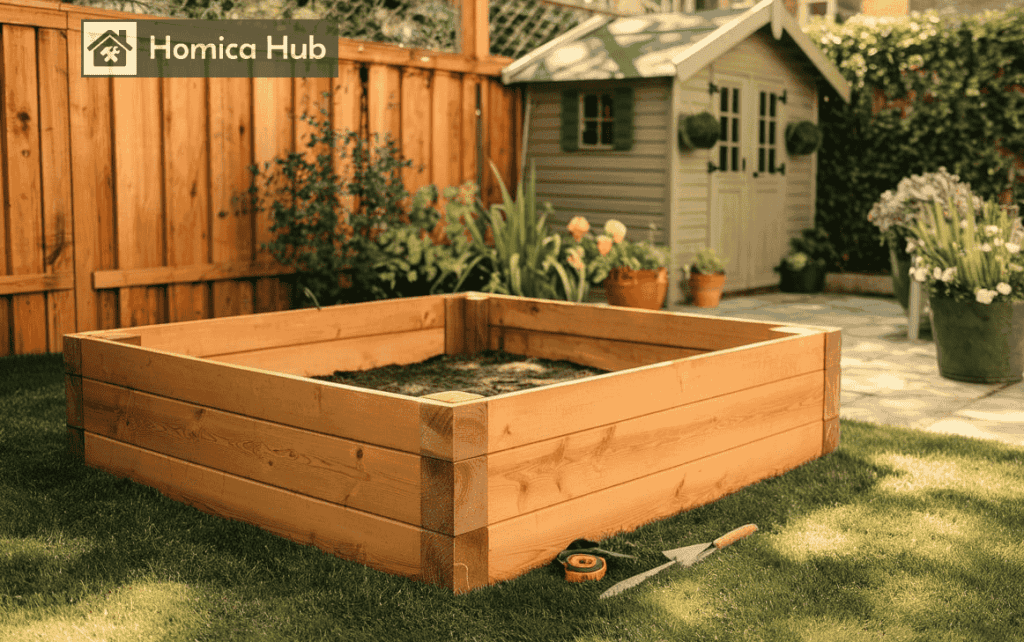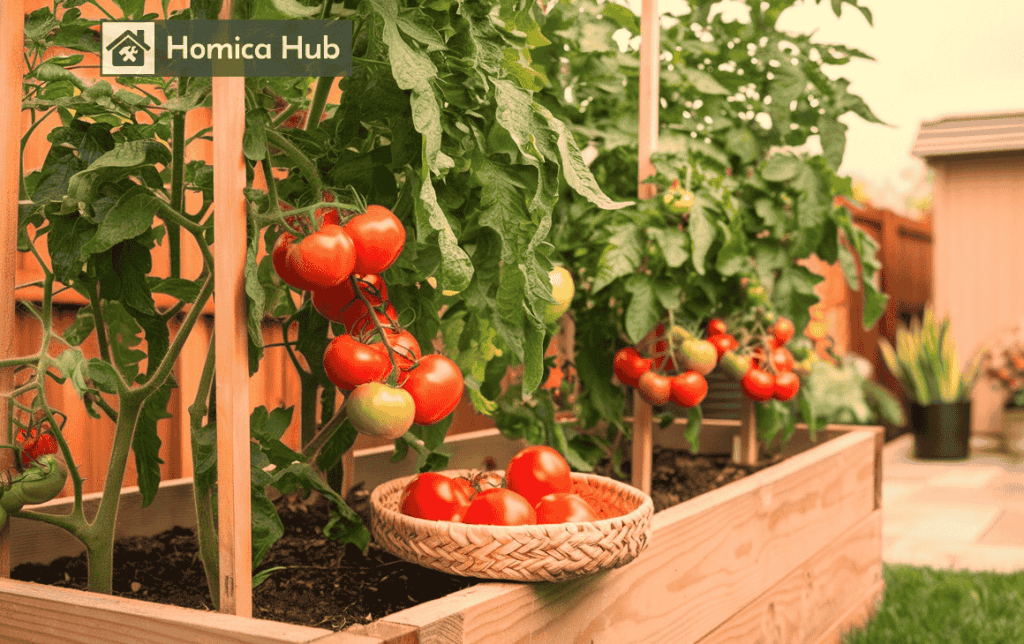Gardening is one of the most rewarding hobbies, and starting a garden from scratch can turn any space into a beautiful and productive garden. Whether you have a large backyard, a small balcony, or even limited outdoor space, creating a garden from scratch is both achievable and fulfilling. These steps will walk you through how to choose the best location, prepare your soil, and care for your plants to ensure they thrive.
Table of Contents
1. Choose the Right Location

Choosing the right location is the first step in starting a garden from scratch. This decision will play a significant role in how well your plants thrive. Plants need sunlight, so it’s important to choose a spot that receives adequate light throughout the day. For most vegetables and flowers, aim for at least six hours of direct sunlight daily. If you are planning to grow crops like tomatoes or peppers, they need full sunlight to grow well, planting flowers like roses In case your space has limited sunlight, don’t worry there are plenty of plants that can grow in partial shade, such as leafy greens and certain herbs.
2. Prepare the Soil for Planting

Healthy soil is the foundation of a successful garden. Start by removing weeds, grass, and rocks from your planting area. Loosen the soil using a garden fork or tiller to allow roots to spread easily. This will help the roots penetrate the ground more efficiently and allow air to circulate through the soil,
A soil test can help you determine its pH and nutrient content. Most plants prefer slightly acidic to neutral soil with a pH between 6.0 and 7.0. If your soil lacks nutrients, add organic matter like compost, aged manure, or peat moss. Organic material improves soil structure, retains moisture, and promotes healthy plant growth.
3. Select the Right Plants

Choosing the right plants for your garden is essential. Different plants have different sunlight, water, and soil requirements. It depends on your climate, soil type, and personal preferences. If you are a beginner, start with low-maintenance plants that grow easily. For vegetables, consider tomatoes, lettuce, radishes, and zucchini. These plants grow quickly and require minimal care. For flowers, marigolds, sunflowers, and petunias are all beginner-friendly and add vibrant color to your garden. Herbs such as basil, mint, and chives are also excellent choices for beginners. If you prefer flowers, marigolds, sunflowers, and petunias are easy to grow and add color to your garden.
You must read the plant labels or seed packets to learn about the specific care needs of each plant. Keep in mind that some plants need more space to grow than others, so plan your garden layout accordingly.
4. Planting Your Garden

Once your soil is ready and you have selected your plants, its time to plant. Follow spacing recommendations to avoid overcrowding. Crowded plants compete for nutrients and airflow, making them more vulnerable to diseases.
Plant seeds or seedlings at the correct depth based on the instructions provided. Water them immediately after planting to help them establish roots. After Planting add mulch around your plants to retain moisture, suppress weeds, and regulate soil temperature, which is beneficial for plant growth.
5. Watering Plants And Daily Care

Consistent watering is essential for plant health. Water deeply but less frequently to encourage strong root development. Most gardens require about an inch of water per week, but this can vary based on temperature and rainfall.
Check for pests and diseases regularly. If you notice any yellowing leaves, holes, or discoloration, take action early to prevent further damage. Use natural pest control methods, such as introducing beneficial insects or spraying neem oil, to keep your garden healthy. For a natural pest deterrent, sprinkle crushed egg shells or coffee grounds around your plants to keep snails and slugs at bay.
6. Harvest Your Garden on Time

Harvest vegetables when they are ripe and at their peak flavor. For example, tomatoes should be picked when they are fully red, and cucumbers should be harvested when they are firm and green. Don’t forget to trim herbs regularly to promote new growth. You can enjoy your garden’s bounty by using fresh herbs in your meals or preserving vegetables through freezing or canning.
Related Post
FAQs
What are the steps to create a garden?
Choose a sunny spot, prepare the soil, select appropriate plants, and plant them with proper spacing. Water regularly and manage weeds. Keep an eye out for pests and provide maintenance as needed.
What is the easiest garden to start?
Container gardens and raised beds are the easiest for beginners. They offer better control over soil, water, and pests. They also work well in small spaces like balconies.
What is the first thing a gardener sets in a garden?
The first thing a gardener sets is the location. It’s important to ensure the area gets enough sunlight and has good drainage. This is the foundation for a successful garden.



